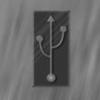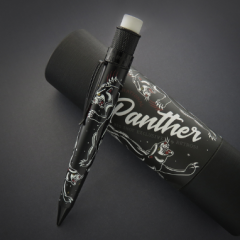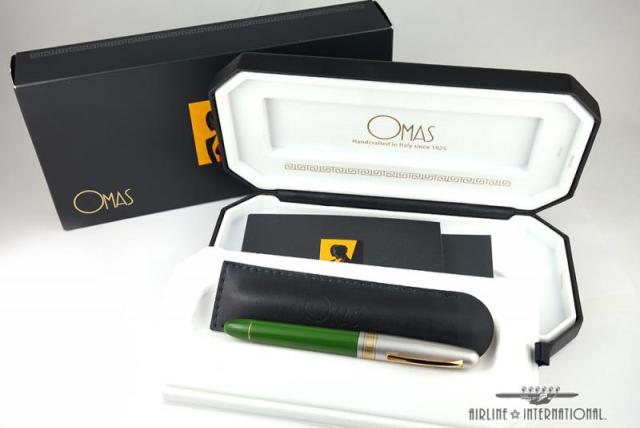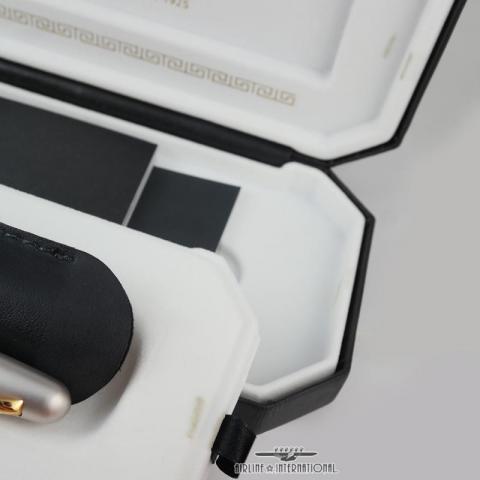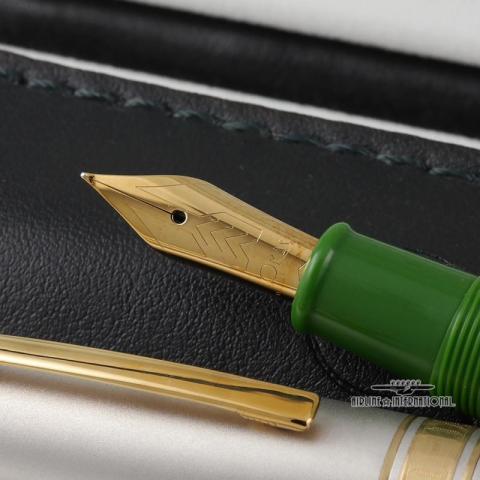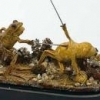Search the Community
Showing results for tags 'history'.
-
I once read a similar post about fountain pens on FPN. Since there are many dip pen users and collectors in FPN, I thought it would be interesting to know what is the oldest one in their possession. My humble collection consists of just three dip pen holders. One is a modern wood...
-
I found the following history of Chelpark company in a website. Hope you will find it interesting *made small formatting changes to make it easier to read =========================================================== CHELPARK COMPANY PVT LTD. The Parker Pen Company, manufacturers of ink, was in...
-
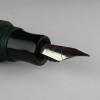
A Brief History Of Writing Materials And Instruments In India.
S-K posted a topic in India & Subcontinent (Asia)
A BRIEF HISTORY OF WRITING MATERIALS AND INSTRUMENTS IN INDIA. PreVedic Age - According to historians there existed no written languages in India during the PreVedic period. This is confirmed by books like Vishnupurana also. But it is said that the Vedic knowledge existed during this peri...- 23 replies
-
https://www.houmatimes.com/obituaries/clifford-cliff-harrington/ https://www.delhommefuneralhome.com/obituaries/Clifford-Harrington/ Rest in Peace Mods: Please transfer to another forum, if not appropriate but Cliff was a well respected dealer at Pen Shows
-
Is anyone aware when did sailor start making specialty nibs ? And did they introduce the whole lineup of nibs or did they do it gradually ? References are always a plus !
- 13 replies
-
- specialty nib
- history
-
(and 2 more)
Tagged with:
-
When did sailor start their anniversary pens ? How often did they produce one ? Did they all have specialty nibs ? Pictures and references are always a plus !
- 1 reply
-
- anniversary
- sailor
-
(and 1 more)
Tagged with:
-
I have acquired a small collection of Sailor pens, and I'm looking for some information on the history of Sailor pens in order to identify them. I know that a lot of their pre-40's information was lost during the war, but I'm amazed at how little information I can turn up about their models from th...
-
I've decided to try to collate the information found on the internet and my knowledge on Blackbirds. The guide is pretty basic and many statements are based on assumptions and guesses. Hopefully someone finds it still interesting. https://www.penexchange.de/forum_en/viewtopic.php?f=10&t=6332
- 7 replies
-
- british mabie todd
- blackbird
-
(and 3 more)
Tagged with:
-
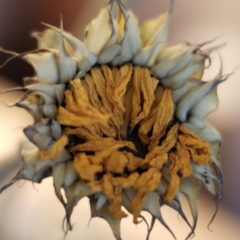
Iron Meet Gall: The Secrets Behind Ink In The 18Th Century - Historical Writing Series Part 2
peroride posted a topic in Inky Thoughts
https://youtu.be/P582srfq_14 Fantastic fun chemistry! I enjoyed that Brian uses red wine as an anti-microbial putting a different spin to the term vintage ink I want what he's drinking, err.. writing -
George Harrison and George Bradford were Birmingham-trained tool makers brought to the US to start up the Washington Medallion Pen Company factory in NYC in 1856. In 1862 they bought the dies and stamps and machinery from the Washington Medallion Pen Co. and started making the pens under contrac...
- 4 replies
-
- steel pens
- dip pens
-
(and 2 more)
Tagged with:
-
I have the house to myself for a time and so I'm taking this once-in-a-lifetime opportunity to spread out and go through my collection of steel dip pens and update my inventory. (a Herculean task). I'm coming across pens I have forgotten all about. Here's one with a semi-interesting story I thought...
-

How Many Make Copies Of Letters Written To Keep Track What Was Written?
kealani posted a topic in The Write Stuff
Due to senior "forgetfulness", memory issues, I was thinking of making copies of letters before I send them out (snail mail correspondence) so that I remember what I've written, and help me write more thoughtfully. How many of you make copies of written letters to keep track of what was sent? Or d... -
Last winter I wrote an article about the Gimborn firm. It was published in the journal of the Writers Equipment Society this spring. You can find the article here. I hope you'll appreciate it. Allard Borst.
-
"The eyes of the world are upon you." -Dwight Eisenhower's message to the troops of the invasion force This year marks the 75th anniversary of the historical day that was the turning point for the Allied forces in World War II. Made to commemorate the 50th anniversary of D-Day at Normandy. This pe...
-
New and exclusive Bright Blue Bulletproof Ink in 3 oz glass bottle (Approx 90ml) at PUREPENS.CO.UK !!! In October 2015, Ross and his father Ray, visited Nathan in Massachusetts to see where Noodler's is made and the man behind the brand. Over lunch, with Nathan's parents, who help with the ink...
-
I've finished a new post on individual pen makers. The first one was Peregrine Williamson, who've I've written about before. He was most definitely first. Charles Atwood came second-ish, but not much is known about him. The one I just finished was Josiah Hayden, maker of Hayden's Premium Pens in the...
- 16 replies
-
- josiah hayden
- massachusetts
-
(and 2 more)
Tagged with:
-
Does anyone know which inks Diamine was producing in the 90s (red inks in partcular)? Novel research. I had a character writing in Syrah, but that's wrong. Inks from the 80s which were still being produced in the 90s would also be awesome, but honestly, any inks at all definitely produced in the per...
-
According to the Birmingham Daily Post in 1865. Not sure I quite believe it, considering how little hesitation the manufacturers had to come out with new designs. Perhaps some of the innovations were difficult or expensive to make. That was known to happen with some designs, and until someone cou...
- 1 reply
-
- steel pens
- history
-
(and 1 more)
Tagged with:
-
After having re-read the Jean Esterbrook thread, I was inspired to do some delving of my own back in the Old Country. I reached out to the fine folks at the Liskard History Museum in the town in Cornwall where Richard was from and asked if they had any information. I received a nice note back with s...
- 9 replies
-
- esterbrook
- history
-
(and 1 more)
Tagged with:
-
I just put up a page on my blog listing research resources for Philadelphia, including a ton of links to online Philadelphia Directories. Something I thought y'all might find interesting is a diagram of the Esterbrook factory in Camden, NJ from 1885. It's from a Sanborn map used by insurance comp...
-
I've finished a new post on individual pen makers. The first one was Peregrine Williamson, who've I've written about before. He was most definitely first. Charles Atwood came second-ish, but not much is known about him. The one I just finished was Josiah Hayden, maker of Hayden's Premium Pens in the...
- 2 replies
-
- josiah hayden
- massachusetts
-
(and 2 more)
Tagged with:
-
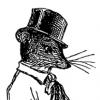
British Patent Information - Resources, And Need Help With Details
AAAndrew posted a topic in Pen History
As far as I can tell, the British patents are not as accessible as the US patents. I may be missing some great resource, and if so, please tell me. Otherwise, I've gathered the following resources from Google Books. I am focusing on British patents to about 1860, but have gathered resources for up t... -
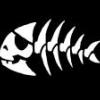
Book - On The Ossie - Tasmania And The Global Fountain Pen Industry
DuncanIdaho posted a topic in Market Watch
I thought this book might be of interest to those who are into the history of things related to fountain pens. https://www.fullersbookshop.com.au/event/ossie-nic-haygarth/ On the Ossie Tasmania and the global fountain pen industry! For a time in the early 1900s The Waratah and Adamsfield districts... -
Crane Stationery Creative Director Uses 30 Year Old Montblanc
BlkWhiteFilmPix posted a topic in Montblanc
Last week the Boston Globe published an interview with Crane & Co. creative director John Segal, who mentions a 30 year old Montblanc pen his father gave him. http://postscript.crane.com/paper-habits-boston-globe/ Happy reading, and may this inspire ...- 2 replies
-
- montblanc
- vintage pens
- (and 8 more)








